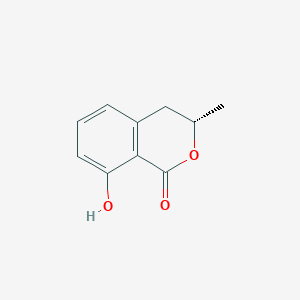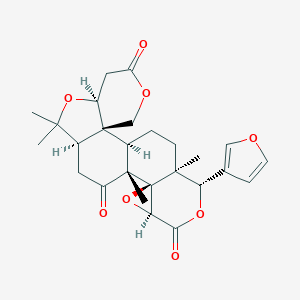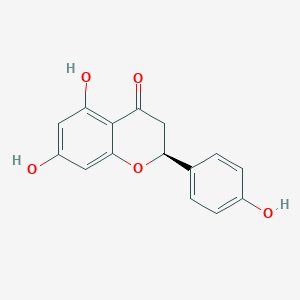Description
Mellein is a sesquiterpene lactone that occurs naturally and has been studied for its potential medicinal properties. It can be found in the essential oils of plants like Helichrysum italicum, Tanacetum vulgare, and Achillea millefolium. Mellein has been shown to have anti-inflammatory, antioxidant, anti-microbial, and anti-cancer properties. It has also been researched for its effects on the nervous system and potential applications in the pharmaceutical and cosmetic industries.
Mellein is an organic compound that is part of the class of natural products known as isocoumarins. It is characterized by a distinctive molecular structure that includes a fused benzene and pyran ring. The chemical formula for Mellein is C10H10O3.
The main benefits and applications of Mellein are primarily in the field of biology and agriculture:
- Antimicrobial Properties: Mellein has shown potential as an antimicrobial agent. It has been studied for its ability to inhibit the growth of certain bacteria and fungi, making it potentially useful in developing new antibiotics or antifungal treatments.
- Plant Pathology: In agriculture, Mellein is of interest due to its role in plant-pathogen interactions. It is produced by some plant pathogens, such as fungi, and can affect plant health. Understanding its role can aid in developing strategies for disease control in crops.
- Biological Studies: Mellein serves as a model compound for studying the biochemistry and genetics of isocoumarin production in microorganisms. This can provide insights into natural product biosynthesis and lead to the discovery of new compounds with beneficial properties.
- Chemical Research: Due to its unique structure, Mellein is also used in chemical research, particularly in the study of organic synthesis and chemical reactions. It provides a basis for synthesizing new organic compounds with potential applications in various industries.
Overall, Mellein’s significan





